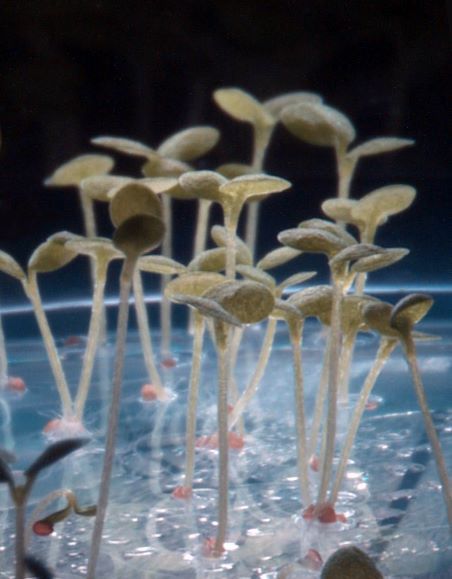How resistant plants could minimize CO2 emissions
To solve this worldwide issue, scientists have decided to design organisms with more robust root systems. There is a window of opportunity to effect change by 2030, but nations will need to work together quickly.





